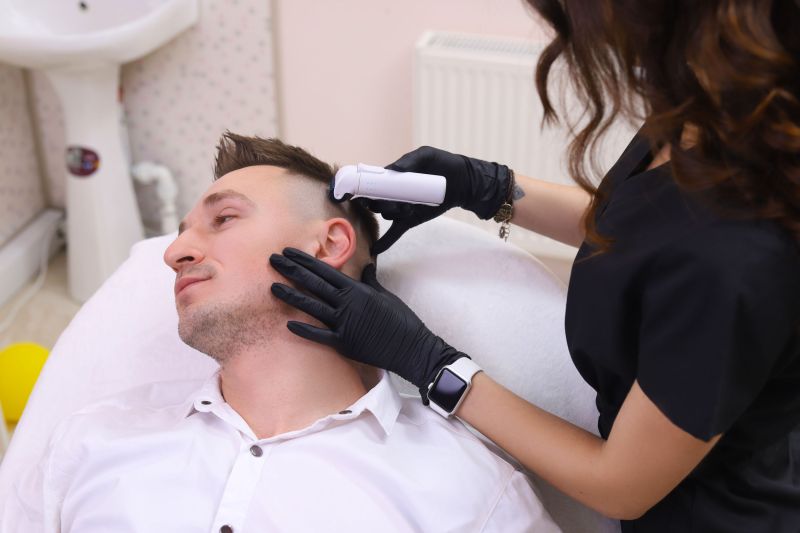
Micro-needling, also known as collagen induction therapy, is a cosmetic procedure that involves creating tiny, controlled puncture wounds in the skin using a device called a dermaroller or a micro-needling pen. The procedure is considered minimally invasive and is performed to stimulate the skin’s natural healing response and promote collagen production.
We interviewed several doctors to see what they had to say about micro-needling, so read on to learn about the benefits and risks!
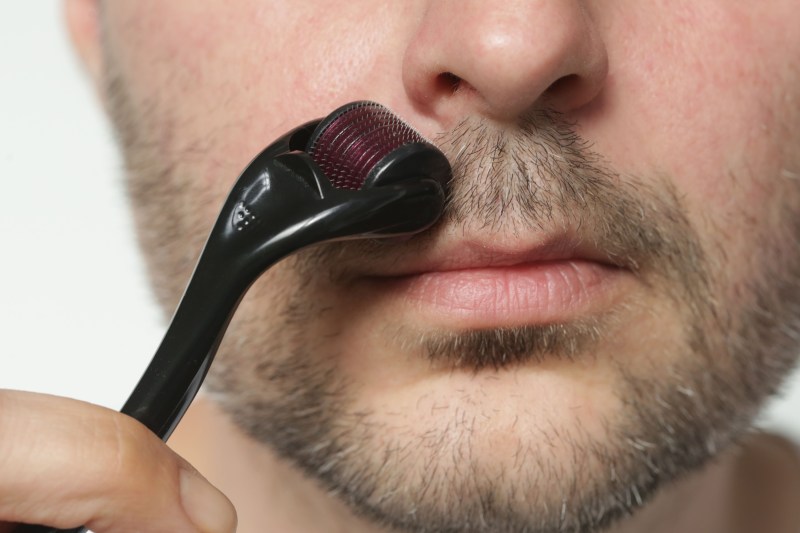
Micro-needling before and after
Sessions for micro-needling cost anywhere from $100 to $700. During micro-needling, a device is rolled or stamped over the skin, creating microchannels or punctures in the epidermis, which is the outermost layer of the skin. These micro-injuries trigger the body’s wound-healing process, leading to the production of new collagen and elastin fibers.
If you’re worried about feeling pain, don’t be. Doctors wash your face and apply a topical numbing cream so that you don’t feel much. Since it’s a cream, you might feel the needles a bit more in some places than others, but Diane Howard, a registered aesthetic nurse, describes it as a tickling feeling.
Dr. Ava Shamban, a board-certified dermatologist, said that the depths of the punctures vary. “These pinpricks are nano-sized, so you likely won’t notice them after the procedure,” she said. A specialist will likely make two to three passes over your skin, depending on the device.
After the experience, you may experience some redness or swelling, but that will go away within a few hours to a couple of days. It may take three to six visits before you begin to see any results, but they could definitely be worth it! Just make sure that you follow your doctor’s skin care advice as you heal.
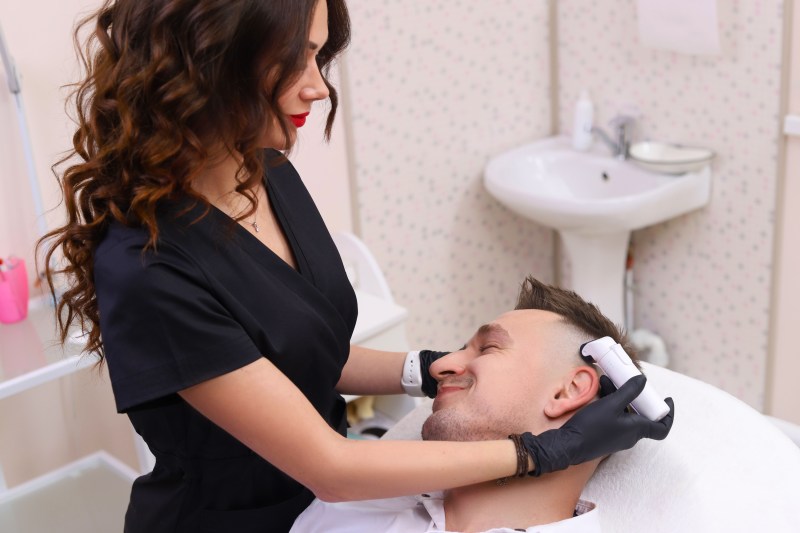
Micro-needling benefits
If you’re not put off by the idea of being poked by micro-needles, there are a ton of great benefits that you might enjoy, depending on your specific needs. Here are a few of them:
Correct uneven skin texture
In short, micro-needling corrects uneven skin texture by accelerating the turnover of skin cells. The micro-injuries caused by the needles stimulate the production of new skin cells, leading to a faster renewal process. As dead skin cells are shed more efficiently, the skin’s surface becomes smoother and more refined, reducing roughness and uneven texture. You can even use micro-needling for acne scars!
Reduce the appearance of pores, lines, and wrinkles
Micro-needling stimulates the production of collagen, which is a key component of the skin’s structure. Collagen provides support and elasticity, helping to plump and smooth the skin. By creating controlled micro-injuries, micro-needling triggers the body’s natural healing response, leading to increased collagen synthesis. As new collagen is produced, the skin becomes firmer and more resilient, which can help reduce the appearance of pores, fine lines, and wrinkles.
Encourage hair growth
Micro-needling promotes hair growth by increasing blood circulation to the scalp, enhancing the absorption of topical products, and reducing scalp inflammation. It can even rejuvenate beard hair follicles and stimulate new hair growth. However, its effectiveness may vary, and it is often used in combination with other treatments for optimal results. Consult with a hair restoration specialist for personalized guidance.
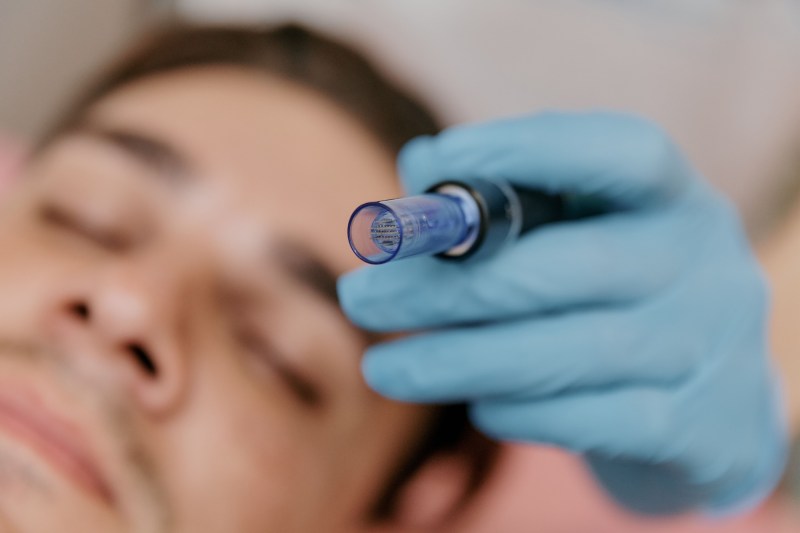
Risks of micro-needling
Micro-needling may not be suitable for individuals with certain pre-existing skin conditions, such as active acne, eczema, rosacea, or open wounds. Dr. Rahi Sarbaziha, a board-certified integrative medicine doctor and aesthetics specialist, says that anyone with blood clotting diseases or compromised immune systems, or patients actively taking blood thinners or similar medications should step back and consider other options.
While micro-needling is generally considered safe, there are also some potential risks and side effects associated with the procedure. Here are a few of them:
Skin irritation
Certain individuals may have hypersensitivity or allergies to the materials used during micro-needling, such as topical numbing creams or serums applied during or after the procedure. It’s essential to discuss any known allergies or sensitivities with the practitioner beforehand.
Following micro-needling, some individuals may experience temporary skin redness, swelling, or sensitivity. These effects typically subside within a few days, but proper micro-needling aftercare and sun protection are important to minimize the risk of further irritation. “Patients should avoid sun exposure and certain skincare products for a few days after micro-needling,” Dr. R. Brannon Claytor said when discussing irritation prevention measures. Proper care counts!
Infection
If proper sterilization and hygiene practices are not followed during the procedure, there is a risk of infection. It is crucial to ensure that the micro-needling device and the treated area are thoroughly cleaned and sanitized. Dr. Claytor adds that excessive “bleeding, bruising, itching, peeling, and infection” are “usually a result of low-quality at-home devices” or “underqualified or unsanitary providers.” Needless to say, if you run into any of these problems, don’t go back!
Post-inflammatory hyperpigmentation (PIH)
In rare cases, micro-needling may trigger temporary hyperpigmentation in the treated area. This risk can be minimized by avoiding excessive sun exposure, using sunscreen, and following post-treatment care instructions. Dr. Sarbaziha recommends a sheer SPF 70 mineral sunscreen.
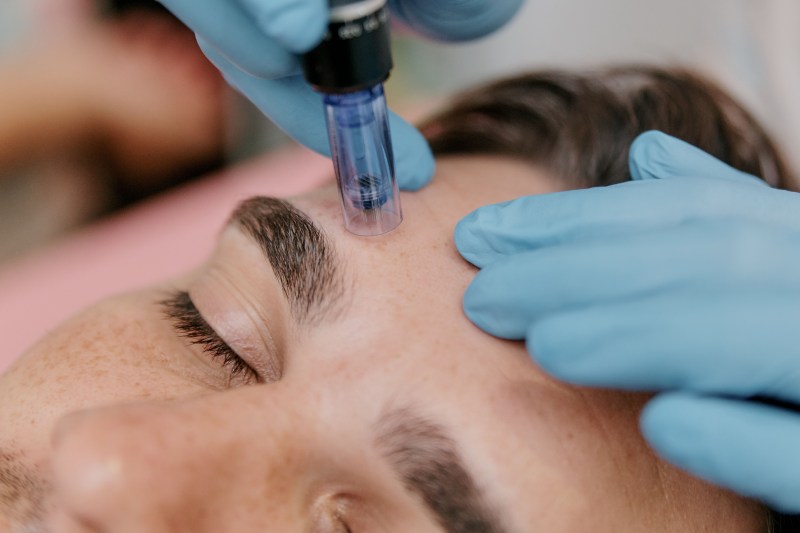
Final thoughts
It’s always a good idea to consult with a medical professional, such as a dermatologist or a trained practitioner, before considering micro-needling. While micro-needling can offer various benefits for the skin and hair, it’s important to ensure its suitability and safety for your specific needs and skin condition. By seeking medical advice, you can make an informed decision and receive appropriate recommendations tailored to your health journey.
Editors' Recommendations
- The best toner for men – cleanse your pores with one of these top products
- The best moisturizers for oily skin — get a shine-free complexion
- How to get rid of calluses: Your guide to softer, smoother skin
- Does your scalp need sunscreen? Experts weigh in
- How to make a good first impression (It’s about more than just your look)




